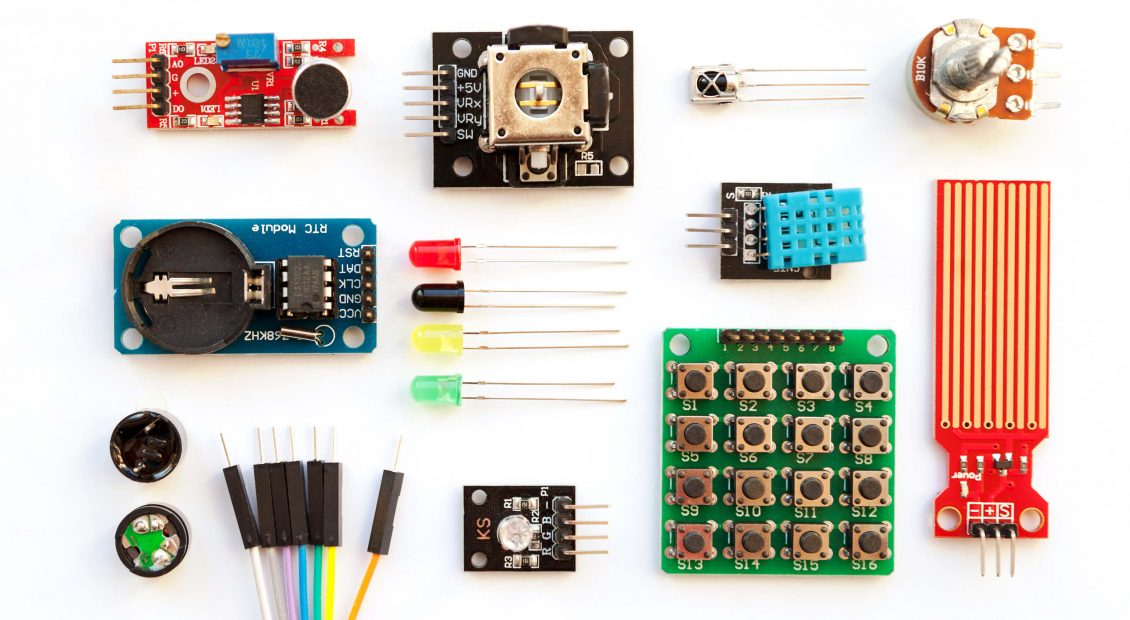
Network edge data centre forecast: The rise of the non-telco
There is much debate in the industry on the topic of edge computing, but little clarity for vendors and potential customers on how much capacity will be available. STL Partners’ Network Edge Data Centre Forecast estimates the number of network edge data centres and their capacity from 2021-2027. We also breakdown who will operate these sites: telcos, hyperscalers or other third parties.







